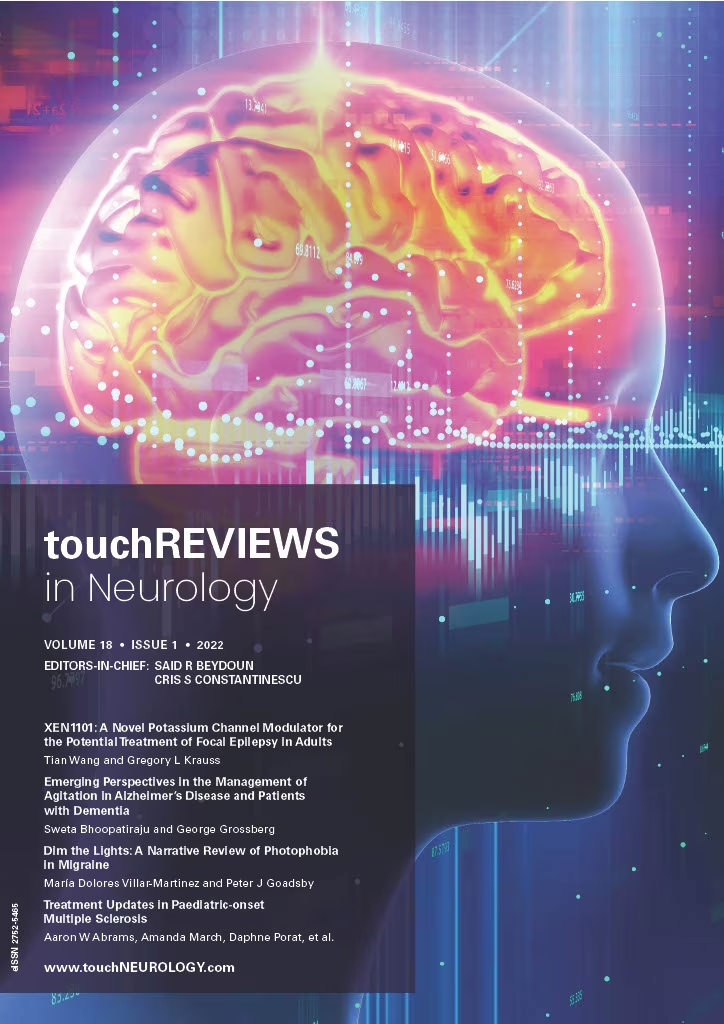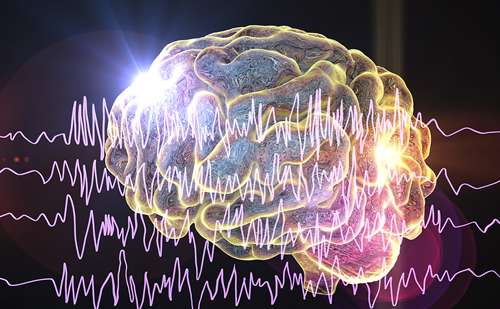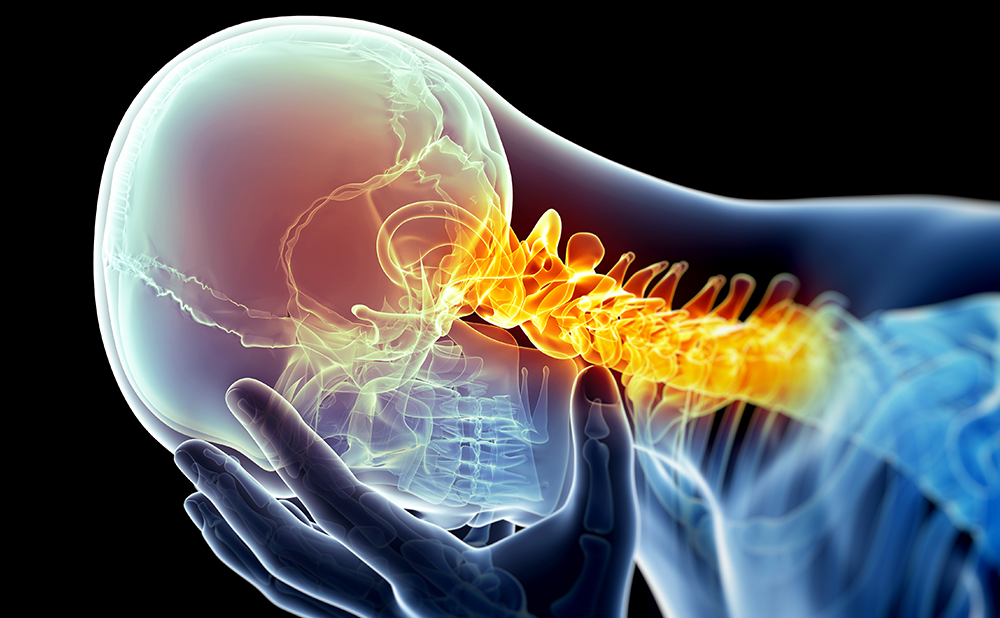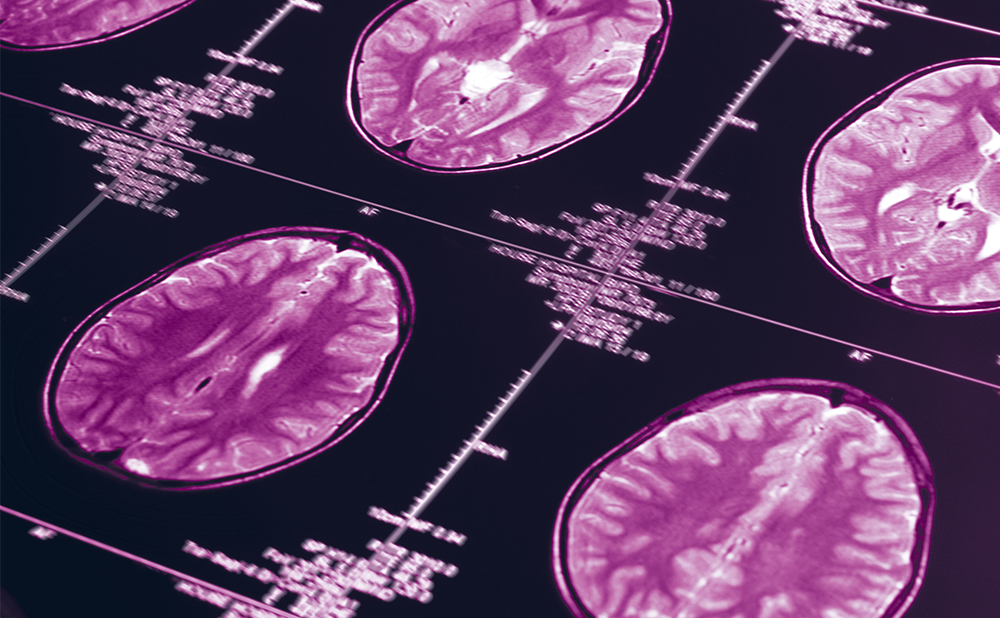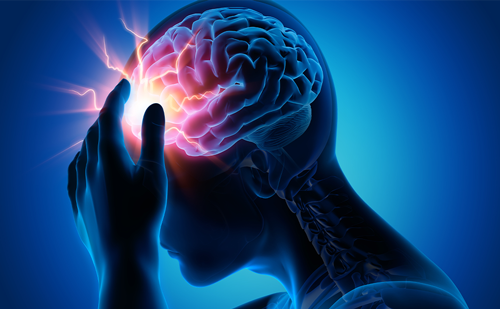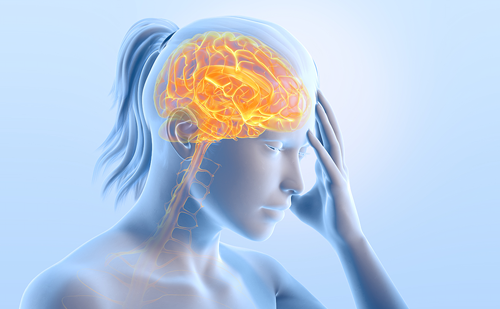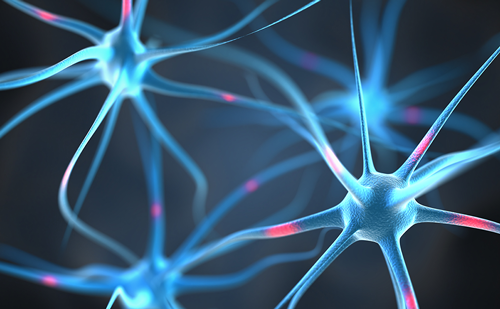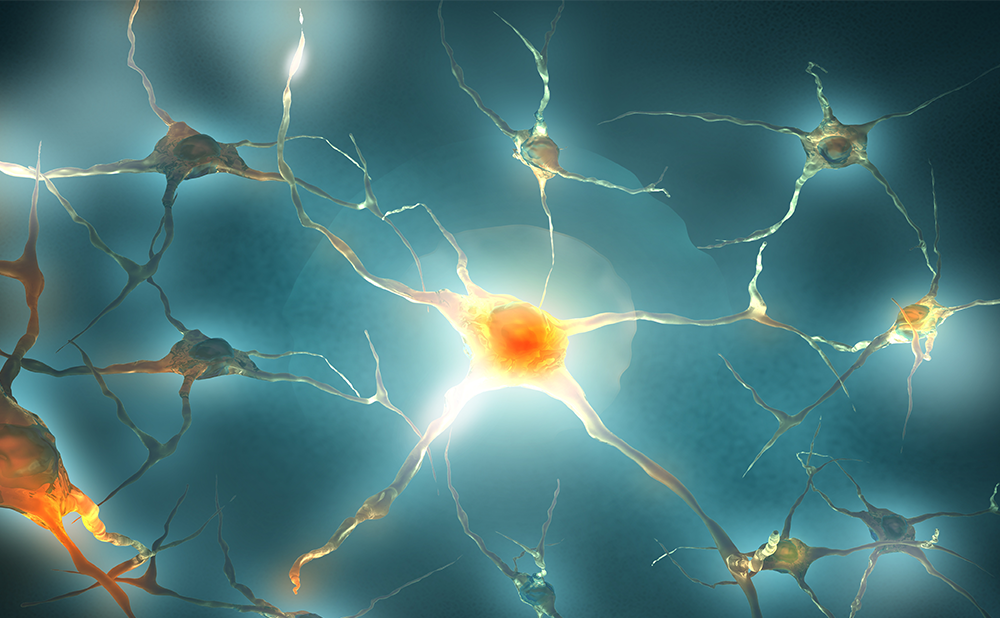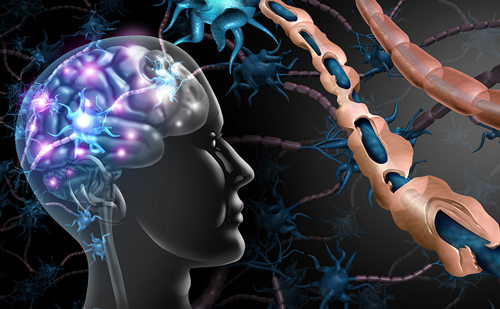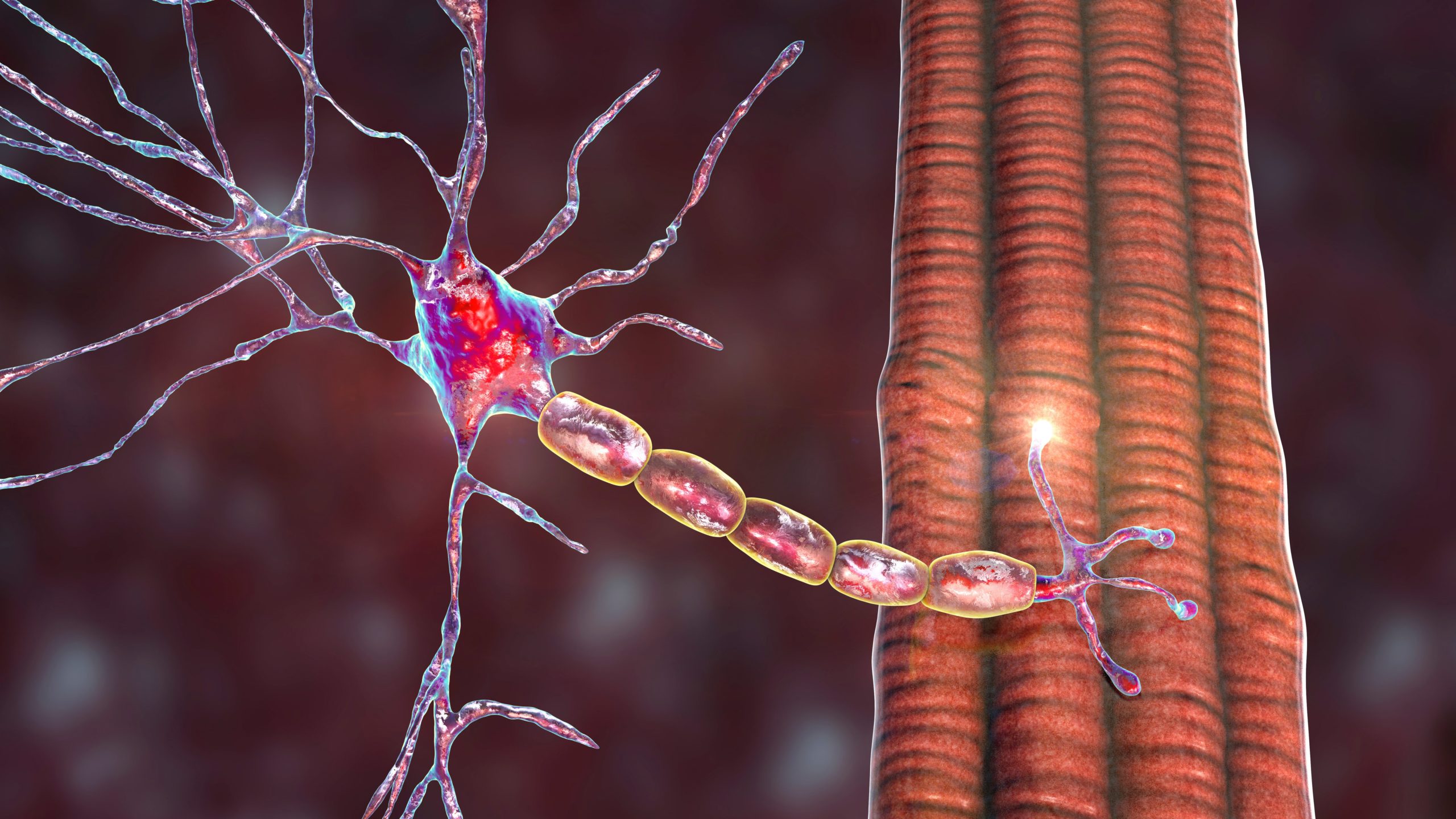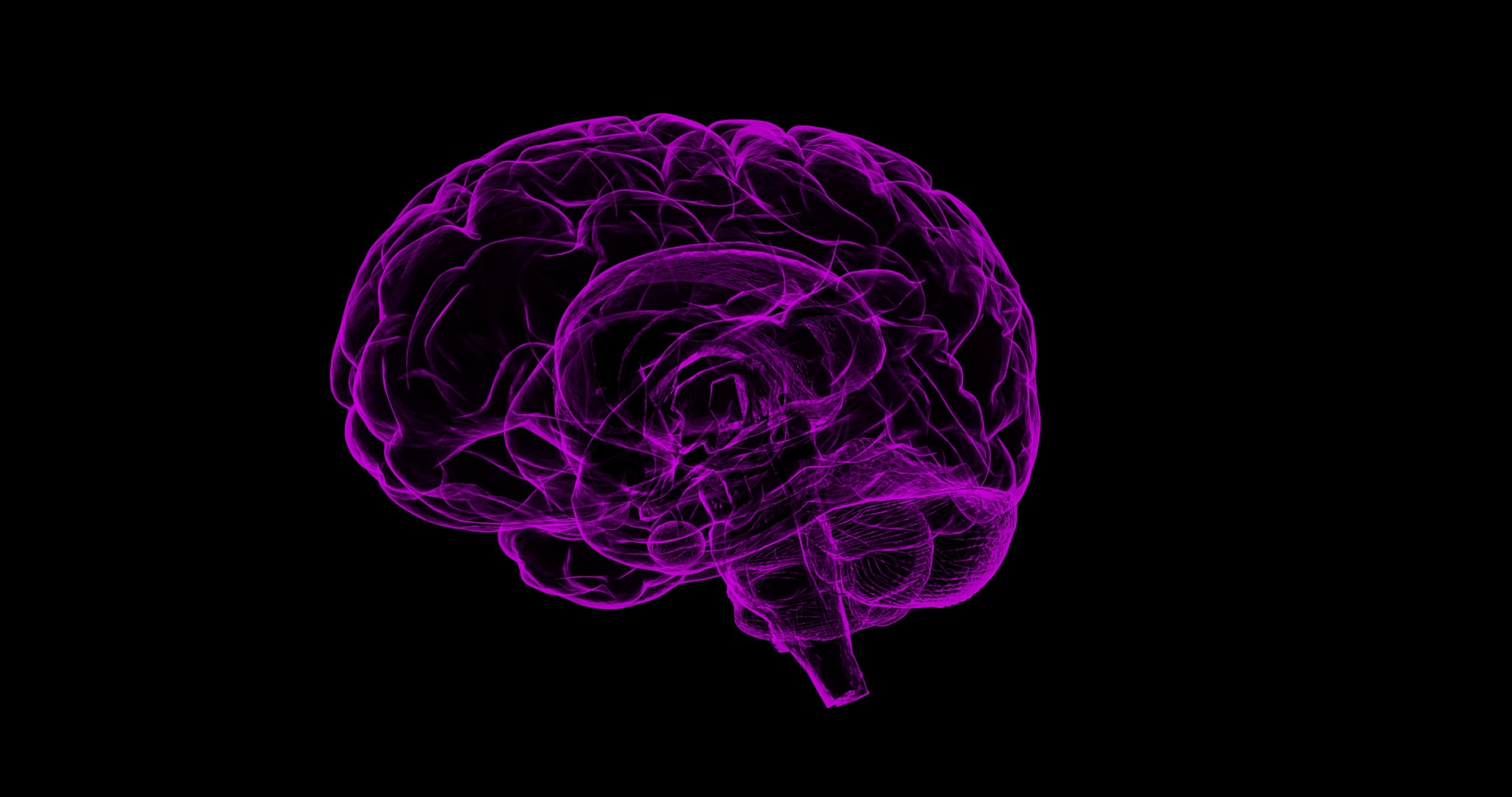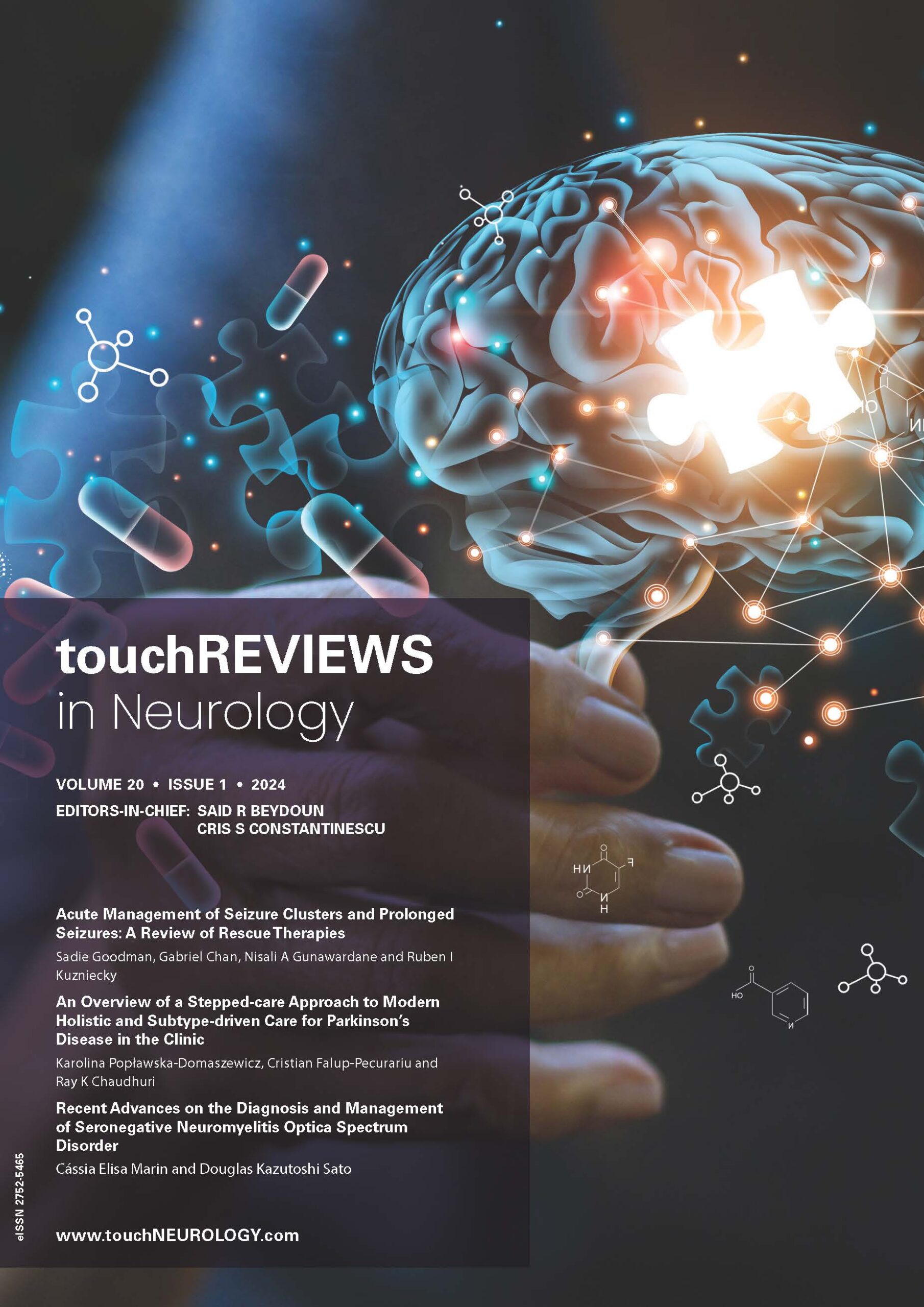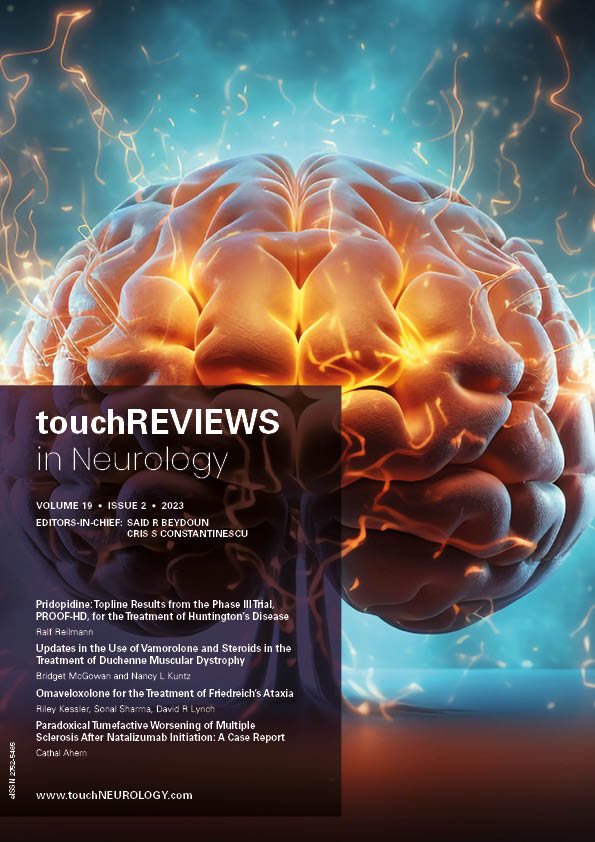touchREVIEWS in Neurology Volume 18, Issue 1 – 2022
The latest issue of touchREVIEWS in Neurology is live! This free-to-access issue is full of topical content on a range of important topics including epilepsy, headache disorders, Alzheimer’s disease and dementia, movement disorders, multiple sclerosis, neuromuscular diseases, neuroimmunology, Parkinson’s disease and sleep medicine.
We would like to take this opportunity to thank all who contributed towards this edition, in particular our authors, Editors-in-Chief, editorial board members and partners. If you’re interested in contributing to our upcoming 2023 issues, please feel free to submit here or contact us directly.
Enjoy and happy reading!
Foreword
Welcome to the latest edition of touchREVIEWS in Neurology, which features a diverse range of topical articles covering therapeutic areas relevant to neurologists and other practitioners involved in the care of patients with neurological illness. We begin with an editorial from Tian Wang and Gregory L Krauss, discussing XEN1101, a novel potassium channel modulator, in the […]
Editorials
XEN1101: A Novel Potassium Channel Modulator for the Potential Treatment of Focal Epilepsy in Adults
Despite the use of various concurrent antiseizure medications (ASMs), over 30% of patients with focal onset seizures have persistent, uncontrolled seizures.1 Hence, the search for new ASMs with better efficacy and tolerability is continuing. Voltage-gated potassium ion channels (Kv) repolarize neuronal action potentials, thus making potassium channel “openers” potentially attractive targets for the development of […]
For a condition as highly prevalent and debilitating as migraine, there is still too little awareness of it and the impact it has. There is little understanding of the different symptoms and stages of a migraine attack, the frequency with which many people have migraine attacks and how this affects different aspects of their lives. […]
Reviews
While Alzheimer’s disease (AD), the most common cause of dementia, is perhaps best characterized by cognitive decline, more than 90% of patients with dementia exhibit behavioural and psychological symptoms of dementia.1 The Cache County Study on Memory in Aging describes six areas of neuropsychiatric behavioural abnormalities in patients with AD and other dementias, comprising aggression, apathy, […]
It cannot be seen, cannot be felt, cannot be heard, cannot be smelt. It lies behind stars and under hills, and empty holes it fills. It comes first and follows after, ends life, kills laughter. The Hobbit. JRR Tolkien ‘Darkness’ was the answer to Gollum’s riddle to get out of the tunnel in The Hobbit.1 Darkness is the […]
Migraine is a common and disabling condition with substantial health and socioeconomic implications. Approximately 1.04 billion people worldwide have migraine disease.1 The condition disproportionately affects women, with 19% of women versus 10% of men reporting a history of migraine.1 Migraine is the second leading cause of years lived with disability across both genders and all ages; further, […]
It has been nearly 160 years since Friedreich’s ataxia (FRDA) was clinically recognized and described1 and 25 years since the FXN gene was discovered.2 Despite this, there are still no approved therapies for FRDA. FRDA is an autosomal, recessively inherited, neurodegenerative disease that typically presents in childhood and results in progressive gait and limb ataxia, with the extraneural features […]
Myoclonus is defined as a sudden, brief, lightning-like muscle contraction.1 It was first described by Friedreich in 1881 when he detailed sharp jerks involving the bulk of a full muscle without marked limb or joint movement and called it paramyoclonus multiplex.2 Myoclonus may be described as either positive myoclonus (increase in contraction activity) or negative myoclonus (inhibition […]
Paediatric-onset multiple sclerosis (POMS) is the symptom onset and diagnosis of multiple sclerosis (MS) before the age of 18.1 Diagnostic criteria were revised by the International Pediatric MS Study Group in 2013. Compared to patients with adult-onset MS (AOMS), young patients are less likely to develop primary or secondary progressive MS and more likely to follow […]
Myasthenia gravis (MG) is an autoimmune disorder caused by autoantibodies against the myoneural junction, which lead to impaired neuromuscular transmission. These antibodies act at the post-synaptic membrane, commonly against the nicotinic acetylcholine receptor (AChR) but in some cases, antibodies to muscle-specific tyrosine kinase (MuSK) or lipoprotein receptor-related protein 4 (LRP4) can be seen. In an […]
The clinical use of cancer immunotherapy with immune checkpoint inhibitors (ICI) has transformed cancer management and added another effective treatment option for different types of malignancies.1–3 In 2018, the Nobel Prize for medicine and physiology was awarded for the discovery of immune checkpoint molecules. Therapy with ICI has improved patients’ survival and quality of life and […]
Deep brain stimulation (DBS) is an effective treatment that significantly reduces disabling levodopa-induced motor complications (i.e. dyskinesia and motor fluctuations) and tremor in individuals with Parkinson’s disease (PD).1,2 During DBS, electrical stimulation is delivered through stereotactically implanted electrodes into one of two primary targets considered for PD: the subthalamic nucleus or the globus pallidus internus. The […]
Narcolepsy is a chronic clinical condition primarily characterized by excessive daytime sleepiness (EDS). This may be accompanied by cataplexy, which is a phenomenon of transient muscle weakness triggered by strong emotions, such as laughter, excitement, anger or grief. Narcolepsy is subtyped as type 1 (NT1) if cataplexy is present or type 2 (NT2) if cataplexy […]

Trending Topic
Narcolepsy is a chronic clinical condition primarily characterized by excessive daytime sleepiness (EDS). This may be accompanied by cataplexy, which is a phenomenon of transient muscle weakness triggered by strong emotions, such as laughter, excitement, anger or grief. Narcolepsy is subtyped as type 1 (NT1) if cataplexy is present or type 2 (NT2) if cataplexy […]
Journal Archive
touchREVIEWS in Neurology is a peer-reviewed, free-to-access, bi-annual neurology journal comprising review articles, case reports, practice guides, theoretical discussions, and original research. It features balanced and comprehensive articles written by leading authorities, addressing the most important and salient developments in the field of neurology.
Latest articles videos and clinical updates - straight to your inbox
Log into your Touch Account
Earn and track your CME credits on the go, save articles for later, and follow the latest congress coverage.
Register now for FREE Access
Register for free to hear about the latest expert-led education, peer-reviewed articles, conference highlights, and innovative CME activities.
Sign up with an Email
Or use a Social Account.
This Functionality is for
Members Only
Explore the latest in medical education and stay current in your field. Create a free account to track your learning.


